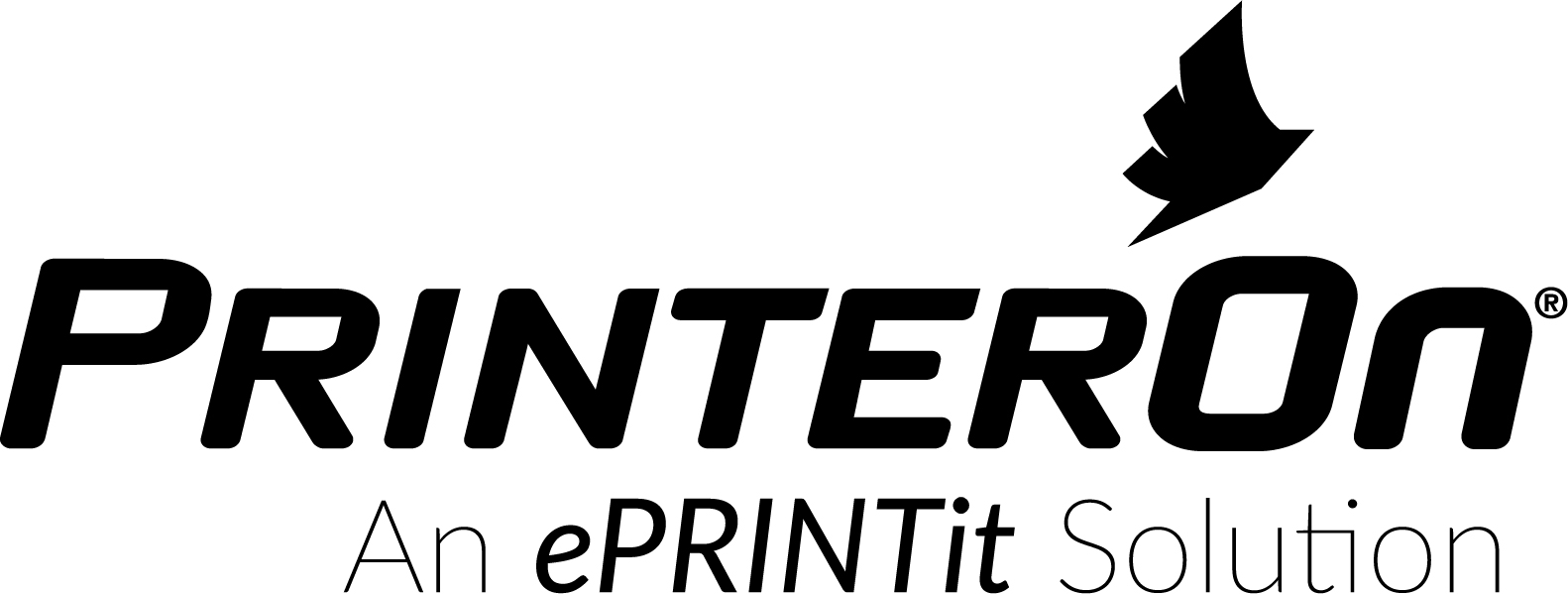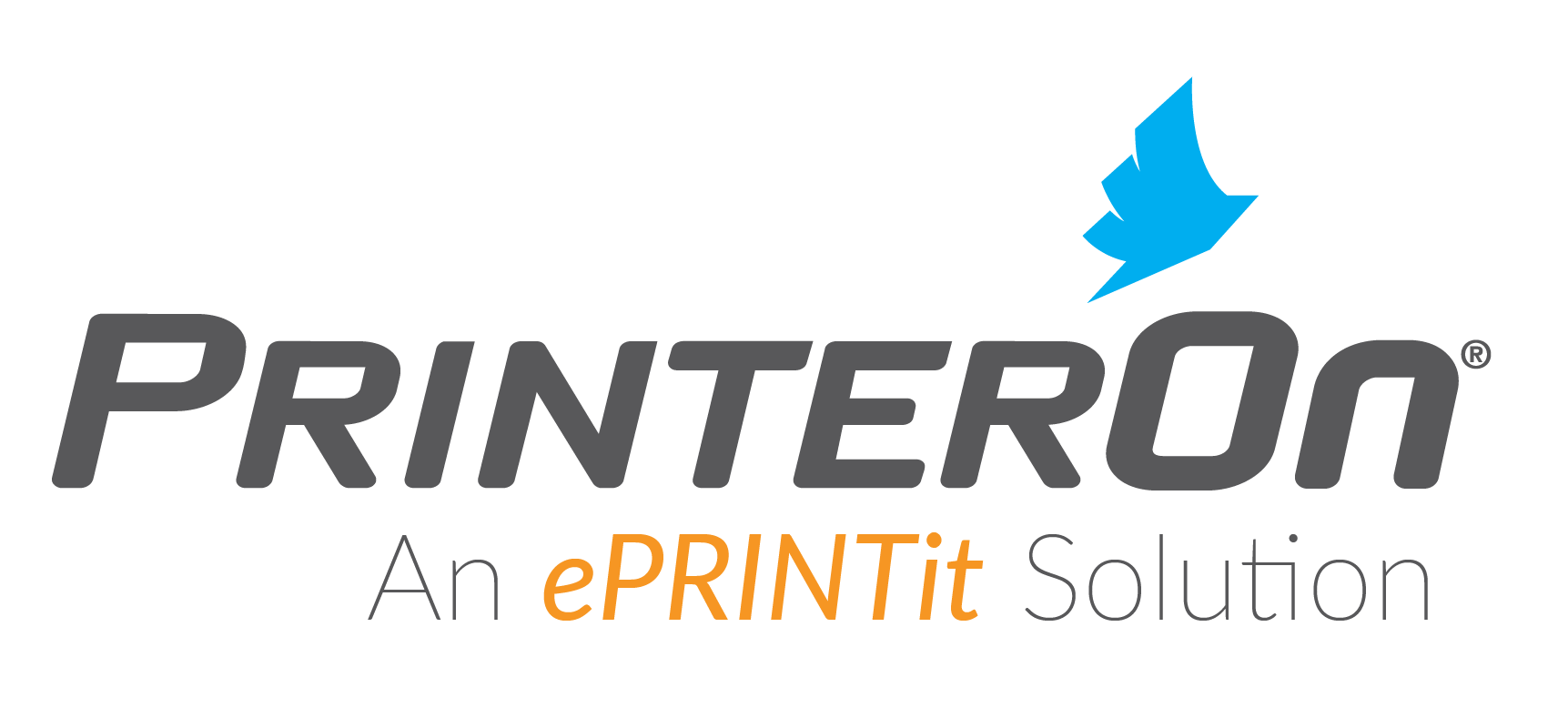What is happening within organizations that is creating demand for remote print?
The market drivers for Remote Printing are ultimately related to the need for businesses to simultaneously increase sales and profits, increase customer service, and reduce costs. The Internet has obviously been the biggest enabler to accomplish this. That produced enablers such as mobile and business “cloud” services that today underpin most every business process transformation to achieve this.
Several business trends have emerged because of these enablers. Each helps to drive increases in sales and profits and/or customer service or reduce costs.
- On-premise business apps moving to 3rd party cloud service providers
- Real-time information exchange between customers and suppliers displacing batch exchange of the same information
- Increases in the “virtual workforce” at the expense of “on premise” workers
Let’s take a deeper look at each of these market drivers to understand more clearly why remote printing is so important today and how organizations are changing and adapting because of it.
Market Driver 1: On premise Business Apps Moving to Third Party Cloud Service Providers

With the rise of third-party cloud services such as Amazon AWS, Microsoft Azure, IBM SoftLayer, and others, many organizations have found it less costly and more convenient to move their existing business applications “to the cloud” and save fixed and ongoing costs related to IT infrastructure and support personnel.
Use Case – Printing from ERP or Other On Premise Systems Moved to a Third Party Cloud
A business who uses an on premise commercial ERP system or a custom-built system for running business functions like order management, inventory, CRM, accounting, or other functions has decided to move those systems to a third-party cloud provider in order reduce the complexity of their internal IT and reduce cost. Many of those applications still need to print documents to printers behind the company firewall as part of the business process.
A remote printing solution deployed in your third-party cloud can provide access to mobile and remote print from all of your business applications.

Market Driver 2: Real-time Information Exchange Between Customers and Suppliers
Supply chains have increasingly exploited the availability of more total business information and the means to communicate it almost anywhere instantaneously over the Internet to tighten their supply chains from supplier to customer and related third parties in order to improve service, increase efficiencies and cut costs. This is especially evident in industries such as manufacturing and transportation/logistics. Entire business processes that were once run in “batch mode” with multiple transactions grouped together are now being run efficiently one transaction at a time. Many times each transaction carries a document printing requirement with it.
Use Case – Printing Orders and Shipping Document to Third party Locations
A product manufacturer receives an order for products which must be fulfilled with product stored at a third-party location, such as a contract warehouse. The contract warehouse has no dedicated secure connection to the manufacturer but the manufacturer needs to print customer order product pick tickets and shipping documentation directly to printers at the third-party warehouse. This need is independent of the order management or ERP system the manufacturer is using.
Organizations who use ERP software like SAP, Sage and Oracle often need to have bar codes or shipping labels created in these systems sent to a printer and released at a remote location such as a supplier or manufacturer. To address this problem, some will use VPN or leased lines which can be cost prohibitive or may be hard to get especially in some remote locations. In some cases, actual hard copies of documents are physically shipped to these locations which is expensive as well as time consuming.
With remote printing capability, documents can be printed across disparate networks to another corporate office, supplier or manufacturer saving time and money.
Market Driver 3: Increase In the Virtual Workforce

Given broad availability of fast, high-quality Internet connections to the home, many organizations have shifted work to employees who work from home. This saves time and money for employer and employee. It also provides increased staffing flexibility for the employer. These Corporate Office-Home Office, or “CoHo” workers are able to perform all the same job functions meeting the same corporate compliance and security as if they were sitting at desks in a central office. Many of these job functions have a need to print.
Use Case – Corporate Home Office Printing
A financial services sales agent is working from their home office and is preparing for a client meeting. They must print out supporting documentation for the meeting.The home office printer must be able to print the documents from any authorized system just as if the agent were in the central office, meeting the same security and tracking requirements.
With more and more employees working from home or traveling for business, they need the ability to print securely from anywhere to their home office printer or corporate printer at work. Corporate Office/Home Office (CoHo) printing is when a home office printer is considered a corporate printer and must comply with corporate policy for printing. Because of how the WiFi or 3G/4G networks are set up, this is cumbersome and sometimes impossible. Sometimes if it is possible, it is not secure
The ability to connect a mobile device to a secure printer, no matter which networks are in between the two provides this flexibility. Printing can be done from a laptop, PC, tablet or smartphone. In addition, all print jobs are accounted for by the existing print management software that exists on the corporate network.
Why You Need a Remote Printing Solution
Remote printing has emerged because the underlying business processes of organizations all over the world are being changed through the rise of mobile and cloud technologies. These processes must change and morph to remain functional and relevant or else become stagnant and unproductive. A remote printing solution can help transform your business by solving the most complicated printing challenges. Be ready to change how and where you print!


